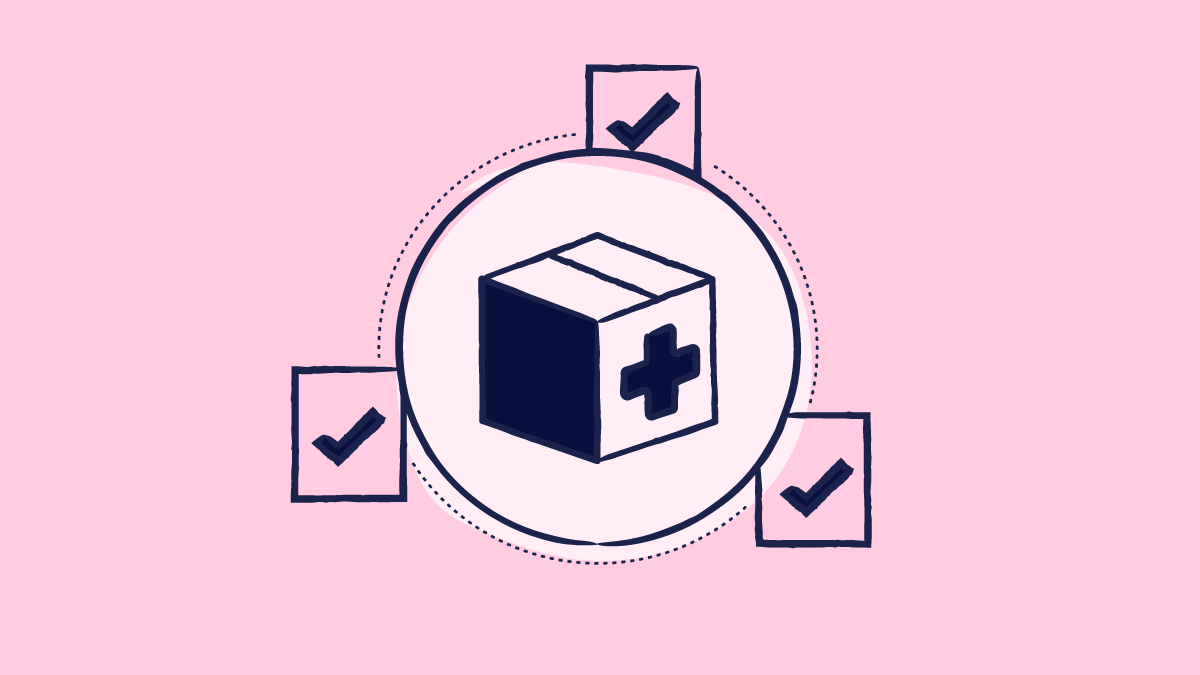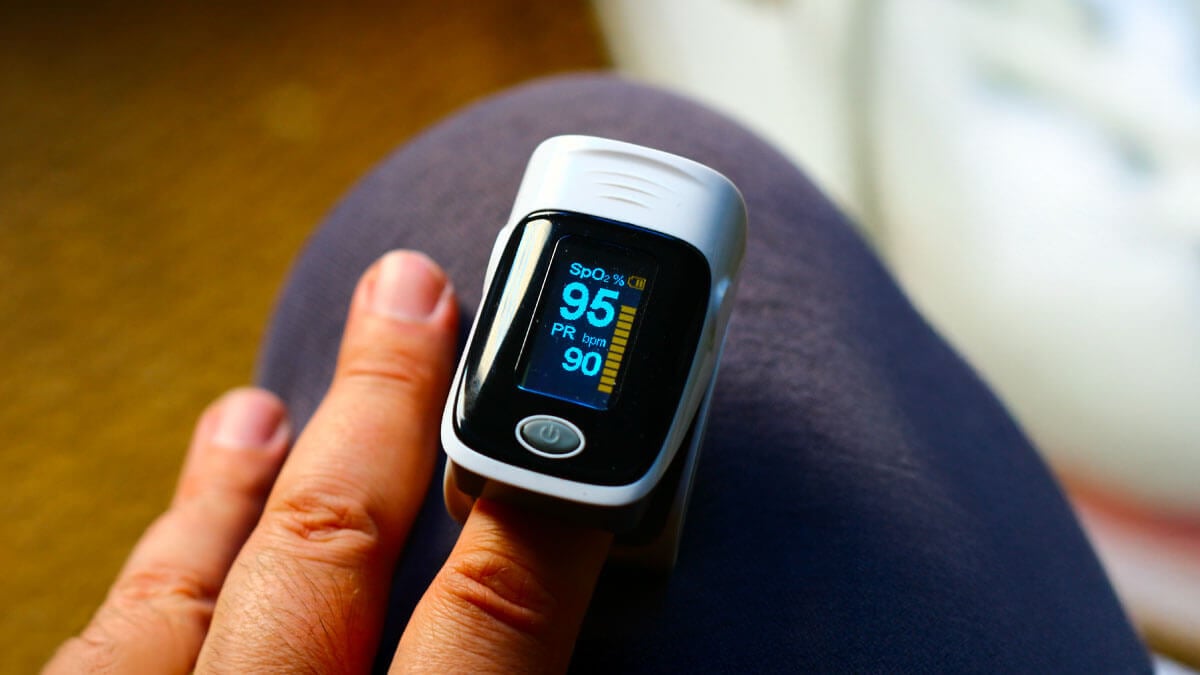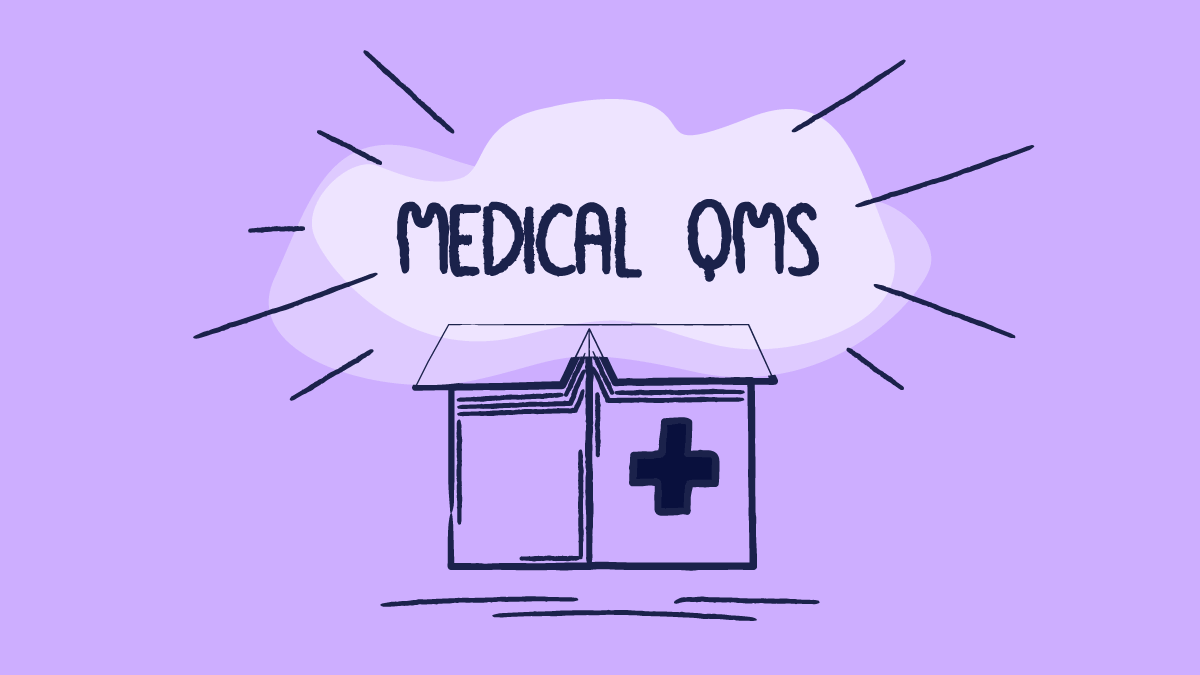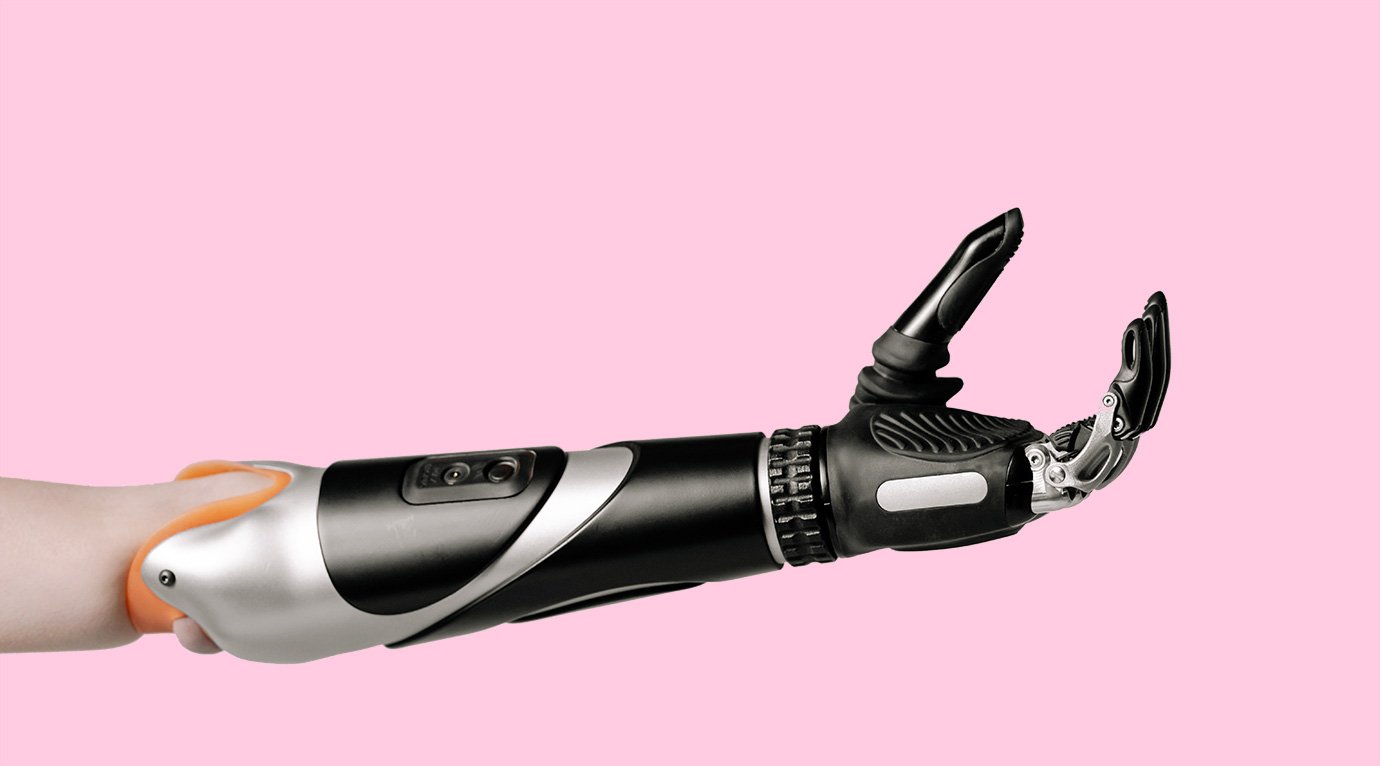
Ah, design verification—the unsung hero of medical device development.
It’s the phase where we ask, “Did we build this thing right?” before moving on to validation, which asks, “Did we build the right thing?”
While it sometimes feels like engineers and quality teams live and breathe verification, other departments, like regulatory affairs, design control, and even marketing, might not always be clear on all the terms.
So, whether you’re brushing up on the basics, or just trying to understand all the expressions your R&D department is throwing at you, we got you!
What is design verification?
Design verification is the process of confirming that a medical device meets its design inputs (aka, the official list of what it’s supposed to do).
If we skip verification or do it poorly, we risk discovering major issues too late in the process, leading to delays, redesigns, and regulatory headaches.
Not to mention, design verification is a mandatory part of the development and lifecycle management of any medical device.
Example: If the design input says a device must survive 1,000 sterilization cycles, verification testing proves (or disproves) that claim.
Design inputs
Design inputs are the requirements and specifications that define how a medical device must function. Think of them as the blueprint for what your medical device should be able to do.
You can’t verify what isn’t clearly defined. If design inputs are vague or incomplete, verification becomes a nightmare.
Example: A syringe’s design input might specify that it must deliver 5 mL ± 0.2 mL of medication. Verification testing will confirm if it actually does.
Verification testing
Verification testing is the structured testing and analysis that proves whether a device meets design inputs.
This is where things get real. We’re not just hoping the device works; we’re proving it.

Test protocols and procedures
Your test protocols and procedures are the official step-by-step instructions that outline how verification testing is performed.
A test is only as good as its protocol! Poorly written protocols lead to inconsistent or unreliable results, something regulators love to flag, so be careful when designing your protocols and test procedures!
Example: A catheter’s test protocol might say:
- Take 10 catheters.
- Apply 1.5 Newtons of force.
- Record any cracks, breaks, or failures.
If everyone follows the same procedure, we get consistent results. Simple, right?
Objective evidence
Objective evidence is the hard proof that verification was performed correctly, and the results are legit.
Regulatory bodies don’t just take your word for it, they need documented proof.
Example: Test reports, raw data, graphs, and signed approvals all serve as objective evidence.
Design traceability
Traceability is the ability to link every design input to a corresponding verification test.
Traceability prevents two big problems:
Missed tests – Every input must be verified.
Unnecessary tests – No one likes wasting time testing things that don’t matter.
Example: A traceability matrix might look like this:

Test acceptance criteria
Your acceptance criteria are your predefined pass/fail conditions for a verification test.
Without clear criteria, test results become subjective (and a regulatory nightmare).
Example: If a blood pressure monitor must have an accuracy of ±3 mmHg, then results within that range pass. Anything outside? Fail.
Non-conformances and deviations
A non-conformance is a test result that fails to meet the acceptance criteria. Non-conformances require root cause analysis.
A deviation is a temporary, controlled change to a test procedure (with approval). Deviations need documentation to ensure traceability.
Examples
- A device that breaks at 90 sterilization cycles instead of 100 is a non-conformance.
- If a test machine is unavailable and an alternative is used (with approval), that’s a deviation.
Design verification report
The final document summarizing all verification activities, results, and conclusions is your design verification report.
It’s the proof of verification, without it, your submission to regulators is incomplete.
Example: The design verification report compiles all test protocols, results, pass/fail data, and traceability information and forms a part of your STED file.
Key regulations for design verification
- FDA 21 CFR 820.30(f) – Requires documented verification that a device meets requirements.
- ISO 13485:2016 – Establishes verification as a critical part of design and development.
- IEC 60601 – Sets verification requirements for electrical medical devices.
Final thoughts
Design verification might not be the most glamorous part of medical device development, but it’s one of the most critical.
Done right, it ensures devices are safe, effective, and regulatory-ready.
Done wrong? Well, let’s just say the consequences can be… painful.
By understanding the what, why, and how of verification, cross-functional teams, from R&D to regulatory, can work together seamlessly.
And at the end of the day, that means fewer delays, fewer headaches, and, most importantly, better medical devices for patients who need them.






